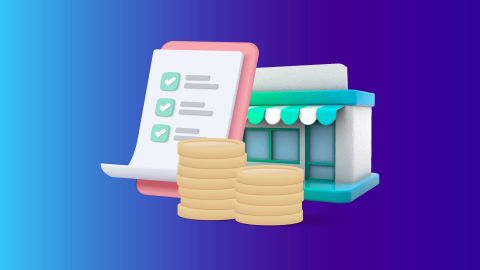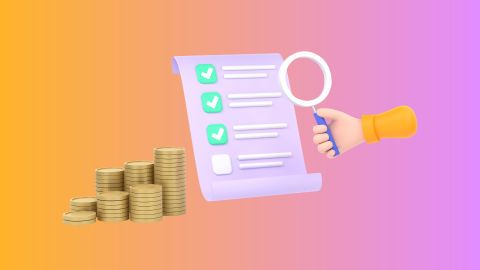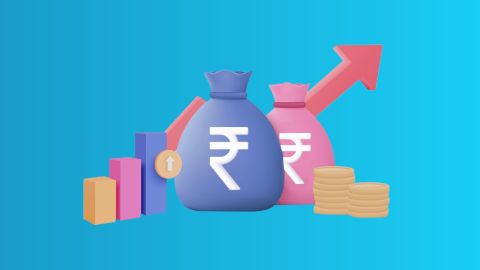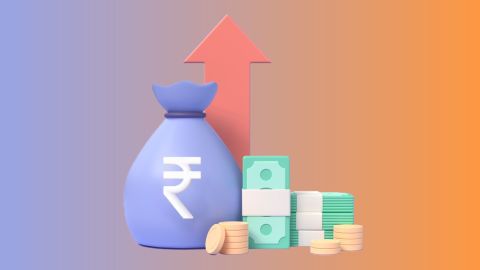What is the product lifecycle?
The product lifecycle or PLC refers to the stages a product goes through right from its introduction to its decline. It helps businesses understand how to manage their products seamlessly throughout their lifespan. Moreover, by analysing each stage, companies can make informed decisions about marketing, production, and profitability. This would ultimately result in enhanced business growth potential.
What is the international product lifecycle
The international product lifecycle extends the concept of the product lifecycle to global markets. In other words, it examines how the products are developed, marketed, and eventually phased out in different countries. As a product goes through its lifecycle internationally, businesses may adapt their strategies to fit local markets, competition, and consumer preferences.
How the product lifecycle works
The product lifecycle consists of various stages that all products pass through. These stages usually include introduction, growth, maturity, and decline. Moreover, each of these stages presents varied challenges and opportunities for businesses. By understanding how these stages work, businesses can tailor their operational strategies and allocate resources accordingly.
Stages of product lifecycle
The product lifecycle consists of four stages that represent a product's journey from its launch to its decline. These stages largely affect business growth and can be understood as follows:
- Introduction: During this phase, the product is launched into the market. Companies focus on building awareness among potential customers through advertising and promotions. Sales are low due to limited customer familiarity, while production and marketing costs are high.
- Growth: As customers become more aware of the product, demand increases, and sales begin to gradually rise. This stage sees a growth in profits, which attracts competitors eager to enter the market. To stay ahead, companies may diversify distribution channels and invest in marketing efforts.
- Maturity: In this phase, sales reach their peak and start to stabilise. Market saturation leads to increased competition, and companies may face pricing pressure. To maintain market share, businesses focus on differentiating their product through enhancements and other promotional campaigns.
- Decline: Sales and profits begin to decline as the market becomes saturated or new alternatives emerge. Businesses at this stage must decide whether to update the product, find new markets, or discontinue it altogether.
Factors determining a Product’s Life Cycle
Several factors influence a product's performance and its stage within its life cycle. Key aspects such as market adoption, competitive entry barriers, industry innovation rates, and shifting consumer trends play a significant role. If competitors can easily enter the market, saturation increases, leading to shorter product lifespans.
Other elements affecting a product's life cycle include technological advancements, economic conditions, market acceptance, competitor accessibility, and risk management strategies.
Limitations of Product Life Cycle
One drawback of the product life cycle model is that the duration of each stage can differ significantly based on the product and industry. Some products experience a brief introduction phase, while others may remain in the growth stage for an extended period. Additionally, the model does not consider external influences such as shifting consumer preferences, economic fluctuations, or competitive dynamics.
The framework assumes a stable product and market throughout its lifecycle, without major disruptions. However, in practice, businesses often need to adapt their products or marketing strategies to respond to evolving market conditions.
How to use the Product Life Cycle
To effectively use the product life cycle, consider these key strategies:
- Establish authority over competitors: During the introduction stage, focus on positioning your product as the best option based on its unique selling point, whether it’s affordability, luxury, or another benefit. The goal is to differentiate your product and establish your brand as a trusted leader in the industry.
- Develop pricing strategies: Pricing should evolve with each stage of the product life cycle. Introductory pricing helps position the product against competitors. During the growth phase, prices may adjust due to added features or increased availability. Competitive pricing may lead to reductions as the market matures, and in the decline stage, businesses may lower prices further or reintroduce the product in a new way.
- Create a strong marketing strategy: Each phase of the product life cycle requires adjustments to marketing efforts. During introduction, test ads, explore different channels, and engage with your target audience. In the growth phase, leverage high-quality content to strengthen connections. As the product matures, experiment with new messaging, media, and strategies to extend its lifespan and delay decline.
Examples of product lifecycle
Almost all products go through each of the stages in the product lifecycle as consumer preferences and technology continue to evolve. For instance, in the TV industry, flat-screen TVs are in maturity, on-demand streaming is growing, DVDs are in decline, and video cassettes are now quite obsolete. Here are a few examples to illustrate this scenario better:
- Typewriters: Once a key instrument for writing, typewriters moved through growth and maturity stages but declined with the arrival of word processors, computers, and smartphones. Today, typewriters are in deep decline with minimal sales and demand.
- VCRs: Initially quite popular as their prices dropped, VCRs reached maturity but sharply declined with the rise of DVDs and streaming services, rendering them largely obsolete.
- Electric vehicles: EVs are in a growth phase, driven by ongoing improvements and increasing adoption but are not yet mature in the automobile market in India.
- AI products: Artificial intelligence, in emerging products such as autonomous vehicles, is mostly in the introduction phase as innovation continues awaiting broader consumer adoption.
When to utilise the product lifecycle
Businesses can leverage the use of product lifecycle to achieve the following objectives:
- Plan marketing strategies by aligning their promotions and campaigns with each stage of the product lifecycle.
- Optimise resources by allocating budget and resources based on the requirements of each product stage.
- Forecast market changes and prepare for shifts in consumer demand and adapt the product accordingly.
- Enhance product lifespan by extending its maturity stage with regular updates or new features.
- Manage competition and respond to the prevalent and emerging market trends and competitors.
Product lifecycle strategy and management
The following are a few key strategies to manage a product lifecycle with seamless ease:
- Adaptation: Adjust product features or marketing to align with changing consumer needs.
- Promotion: Boost advertising in the growth phase to capture market share and drive sales.
- Cost control: Cut production costs during maturity to protect profit margins as competition intensifies.
- Product updates: Regularly refresh designs or features to extend the maturity phase, much like with the Apple iPhone.
- Exit strategy: In the decline stage, decide whether to reintroduce, phase out, or discontinue the product completely.
What are the benefits of the product lifecycle for a business
The following are the benefits of a product lifecycle for a business:
- Informed decision-making: Supports strategic planning, helping businesses allocate resources effectively across different product stages.
- Enhanced innovation: Promotes continuous product updates, encouraging innovation and staying competitive.
- Optimal resource allocation: Guides businesses in reallocating staff and marketing expenses to products in growth or maturity stages to maximise their potential.
- Market strategy adjustment: Allows adjustments in pricing, promotion, and distribution based on a product’s current life cycle stage.
- Risk management: Identifies declining products early, helping minimise losses by timely discontinuation or repositioning.
What are the challenges of the product lifecycle
The following are a few challenges that are innate to a product lifecycle for businesses:
- Market variability: Products do not always follow the set lifecycle stages, leading to unpredictable sales and growth patterns.
- External influences: Shifts in consumer behaviour, economic conditions, and competitive pressures can alter the expected cycle.
- Risk of mismanagement: Companies may phase out profitable products too early or miss the chance to innovate, losing market share.
- Resource allocation: Investing in declining products or underfunding growth-stage products can hinder profitability and sustainability.
Conclusion
The product lifecycle is a fundamental concept that helps businesses manage their products strategically across different stages. With a well-defined PLC, businesses can greatly improve their marketing efforts, foster innovation, and navigate challenges effectively. So if you are considering financing options to support your product lifecycle strategies, explore business loans tailored to your needs.




